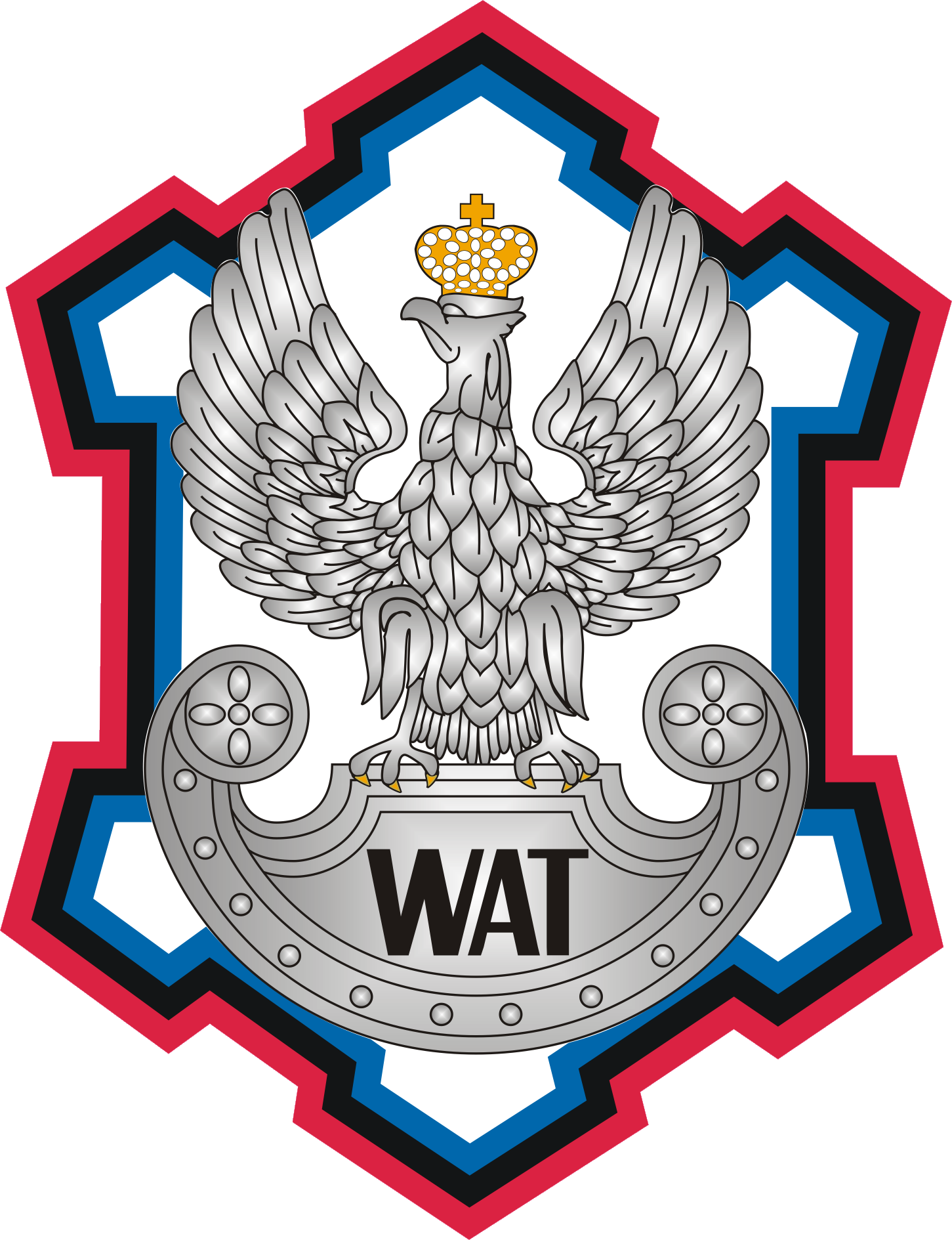
STOW is a project conducted within the Polish-Norwegian Research Programme that aims at development of the small wind turbine optimized for low winds
The most common small wind turbines (SWT) market offer: 3-blades horizontal rotor usually works best at wind speed of 8-10m/s, while typical wind speed in Poland is 3-6m/s. This difference in air speed seriously affects efficiency of the offered SWTs. Lack of optimized layout results from one reason: aerodynamics of SWT requires specialized design tools and high level of expertise and thus proper design and optimization process is too expensive for SWT makers.
The goal of STOW project was to develop a small wind turbine (SWT) optimized to the wind conditions typical for Poland and Norway in-land. In the very early stage of the project it become clear, that economy should be the driving factor behind the new turbine design. This comes from the simple fact, that physical constraints, like Betz limit and low average wind speed makes very sophisticated technological solutions unjustified. In other words, a wind turbine that will work at low wind speed should be very simple to minimize its unit price. On the other hand, though, the turbine should be effective enough to allow energy production even at the very low wind velocities. Research conducted in the first half of the project were aimed to find the balance between energy effective aerodynamic design and low price of the final product.
“Investigation of parameters influencing the efficiency of small wind turbine” or “Modern small wind turbine design solutions comparison in terms of estimated cost to energy output ratio” shows that the topic of efficiency of smaller wind turbines is very hot and that there is constant need for reliable data. It also proves that development of According to the obtained results, the proposed Small Wind Turbine design is the best compromise between above mentioned factors. The chosen type of turbine is the one with horizontal axis, shroud augmented, with three blades. Blades airofoil geometry and shroud geometry were carefully developed with the best efficiency in mind, while design of shroud, support structure, choice of materials and energy conversion circuits were developed taking into account low costs of production and maintenance. It is worth to mention, that optimization of turbine aerodynamics was done based on the wind tunnel tests, as well as reliable weather data taken from the numerical Weather Reaserch&Forecasting (WRF) model.
The same data were used in the very first stage of the project to find the most promising SWT in terms of future economical effectiveness. The method of estimation of turbine efficiency adopted in the STOW project showed, that using data from numerical weather models it is possible to estimate financial potential of investment in SWT in certain location. Proposed methodology was presented on the conferences and in various journals. The popularity of such articles as small wind turbine with driven from very beginning by economy of final product is something rather unique.
During the project it was decided, that Consortium will build a scaled prototype of SWT. It should be stressed out, that this decision went beyond original project scope of work and thus it was declaration to give additional value within already defined time frame and budget. On the other hand, the SWT prototype will give unique opportunity to acquire reliable and undisputable data allowing to calculate SWT efficiency. The prototype, scale 1:2, was assembled and tested in the wind tunnel. It will be mounted on the roof of one of the Lodz University of Technology buildings in the first quarter of 2017. The very first important information is that total cost of materials required to build the prototype was less than 2000.00 EUR. One of the activities connected with SWT prototype will be the validation of proposed estimation method.
Although STOW project is ended, it laid the foundations for many other activities. The prototype will allow to publish scientifically obtained data showing real effectiveness of small wind turbine working in the rather non-optimal conditions i.e. in the city. Research done within the STOW project shows, that such information is great rarity. As of today, decision to invest in small wind turbine has to be done based on very uncertain data. Obviously, turbine specification taken from a catalogue is not a very good source of information. Owing the SWT project, the society will obtain much better and more reliable tool to decide whenever investment in SWT is economically excused or not. If the answer will be "yes", STOW turbine can be a base of future commercial activity on the small wind turbines market.
| Project name: |
Small Wind Turbine Optimized for Wind Low Speed Conditions |
| Acronym: |
STOW |
| Time scale: |
01.10.2013 – 30.11.2016 |
| Budget: |
3 822 941,00 PLN |
| Project promotor: |
Military University of Technology |





